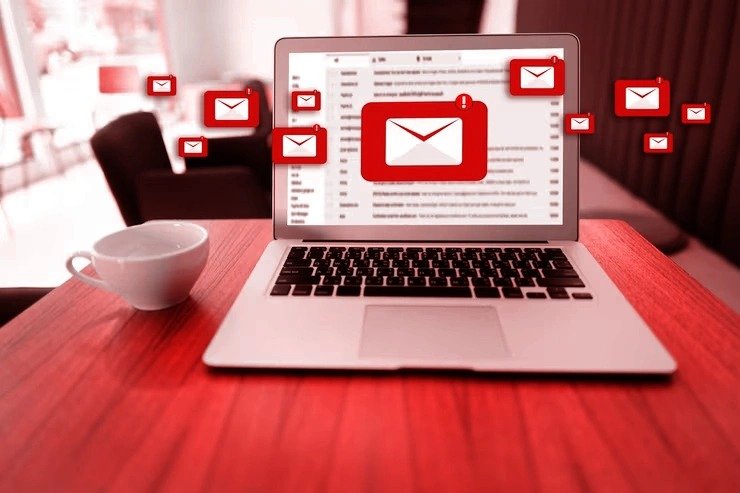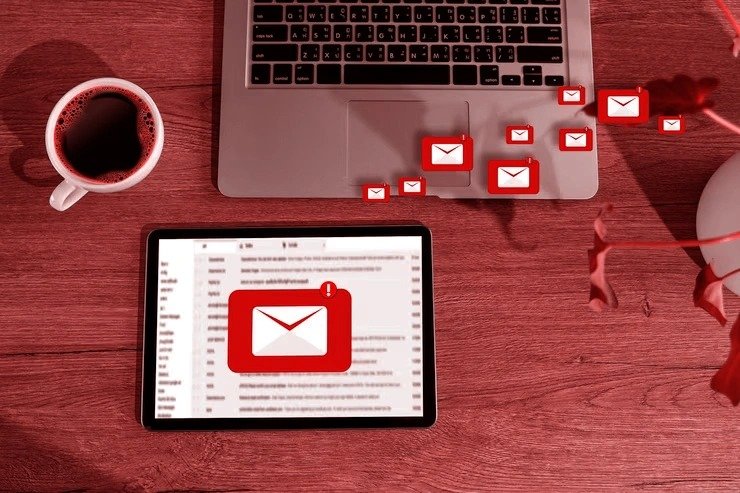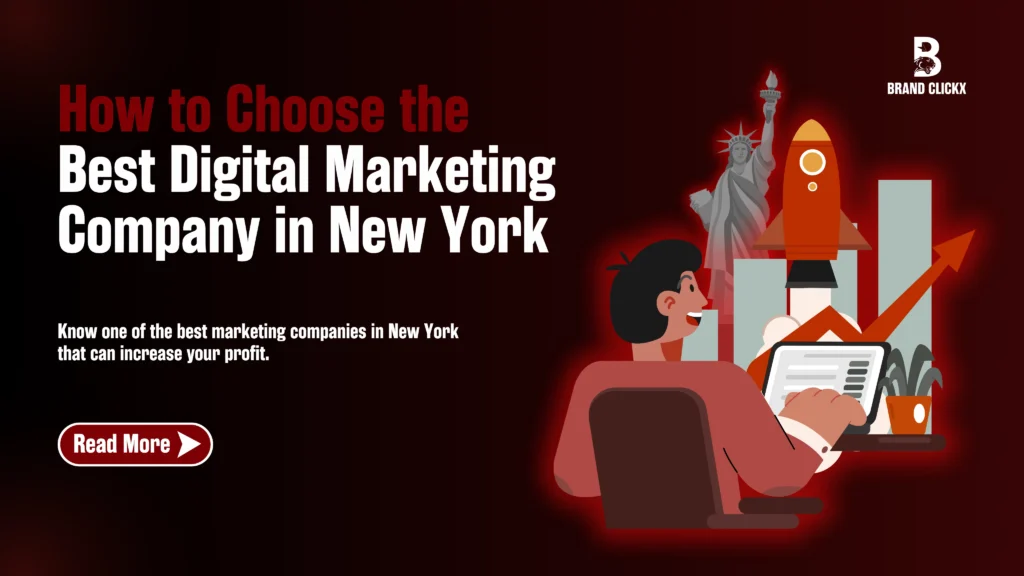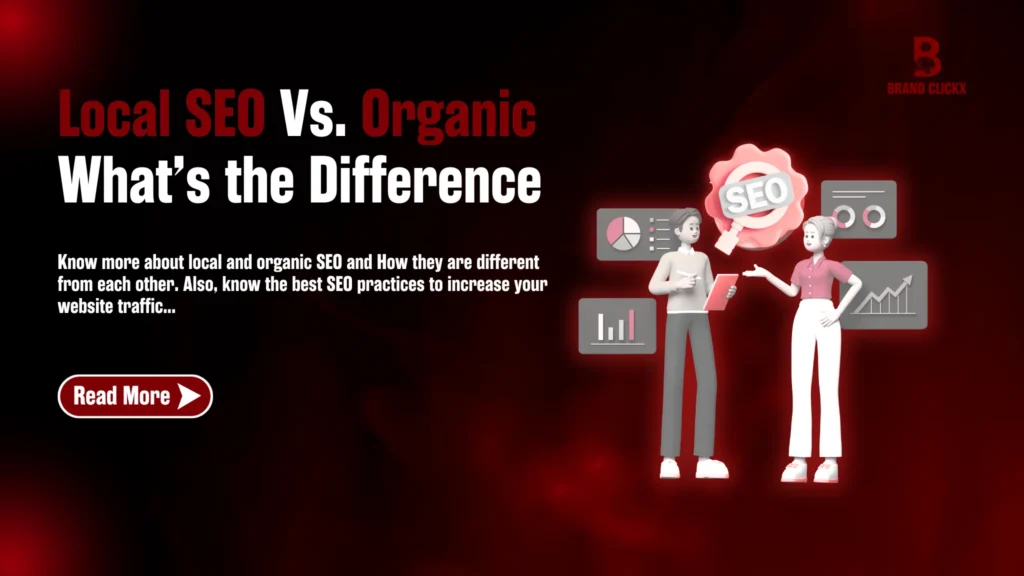Introduction
Email marketing remains one of the most effective ways to reach customers in 2025—but doing it manually no longer cuts it. Today’s digital landscape demands smarter, faster, and more personalized interactions. That’s where email marketing automation tools come into play.
Whether you’re a startup looking to nurture leads, or an established brand aiming to increase ROI, this guide will walk you through everything you need to know. From choosing the right tools to implementing behavioral triggers, we’ll cover all the key components of email automation. If your goal is to streamline your workflow while maximizing impact, read on.
What Is Email Marketing Automation?
Email marketing automation is the process of sending emails to subscribers based on predefined triggers or schedules without manual effort. Unlike traditional newsletters or one-time campaigns, automated emails are designed to respond to user behavior or lifecycle stages.
For example, when someone signs up on your website, they could receive a welcome email automatically. Or, if they abandon their shopping cart, an email reminder could follow shortly after—again, without you lifting a finger.
The core objective is to create timely, relevant, and personalized communication that engages your audience and moves them through your sales funnel.
Key Benefits of Using Email Marketing Automation Tools
The rise of automation in email marketing isn’t just a trend—it’s a necessity. Here’s why:
Improved Personalization: Automation allows you to send highly targeted content based on user behavior, preferences, and demographics.
Time Efficiency: Create once and automate for life. This saves countless hours previously spent on manual emails.
Consistency: Automated sequences ensure that no subscriber falls through the cracks.
Scalability: Whether you have 100 or 100,000 contacts, automation ensures your message reaches everyone appropriately.
Better Metrics and Optimization: Track performance at a granular level to improve open rates, clicks, and conversions.
Top Email Marketing Automation Tools in 2025
Here’s a look at the most popular email marketing automation tools this year, along with their strengths:
Mailchimp
Ideal for beginners. Offers intuitive design, pre-built journeys, and eCommerce integration. Suitable for small to medium businesses.
HubSpot
A powerful all-in-one platform that combines CRM, content, email, and automation. Best for B2B companies and those looking for a unified system.
ActiveCampaign
Highly customizable workflows with advanced segmentation and personalization. Great for businesses ready to scale their automation.
Klaviyo
Favored by eCommerce businesses. Real-time behavioral data and strong integrations with platforms like Shopify and WooCommerce.
ConvertKit
Built for creators—bloggers, authors, and educators. Offers clean automation and tagging options.
Brevo (formerly Sendinblue)
Affordable and feature-rich. Great for transactional emails, SMS automation, and strong list management.
Each tool has its own learning curve and pricing model, so it’s crucial to match the platform with your business needs and goals.
Building Effective Drip Campaigns
Drip campaigns are a series of automated emails sent based on user actions or timelines. Instead of sending all information at once, drip emails break content into digestible steps.
Popular Drip Campaign Examples:
Welcome Series: Introduce your brand, values, and offerings.
Onboarding Sequence: Guide users through product setup or account features.
Re-engagement Campaigns: Win back inactive subscribers with offers or updates.
Educational Sequences: Provide value through tutorials, insights, or case studies.
Best Practices for Drip Campaigns:
Write content that aligns with each stage of the buyer’s journey.
Use engaging subject lines and CTAs.
Time your emails based on behavior (e.g., after sign-up or purchase).
Test and optimize frequency and tone.
Drip campaigns help nurture leads, build trust, and keep your brand top of mind—all automatically.

CRM Integration: Syncing Sales and Marketing
CRM (Customer Relationship Management) integration with your email platform ensures that your sales and marketing teams are aligned. When data flows between your CRM and email tool, you can:
Score leads based on engagement.
Segment lists by lifecycle stage or deal status.
Trigger emails based on CRM activities (e.g., quote sent, demo scheduled).
Popular CRM integrations:
Salesforce
Zoho CRM
Pipedrive
Monday.com CRM
CRM integration not only enhances targeting but also helps close the loop between outreach and conversion.
Designing Automated Workflows That Work
Workflows are the backbone of email marketing automation. They map the customer journey and automate touchpoints along the way.
Key Elements of a Workflow:
Triggers: Actions that start the workflow (form submission, purchase, click, etc.).
Conditions: Filters that define the path (opened email, visited page, etc.).
Actions: What the system does (sends an email, updates a contact, waits X days).
Workflow Examples:
Abandoned cart follow-up
Post-purchase product recommendations
Birthday or anniversary messages
Free trial expiration reminder
Plan workflows on a whiteboard or digital canvas before building them in your platform to avoid confusion and overlap.
Behavioral Triggers and Personalization Tactics
Today’s customers expect relevance. Behavioral triggers help you deliver it.
Common Triggers:
Visiting a pricing page
Clicking a specific link in an email
Abandoning a cart
Watching a demo video
Downloading a lead magnet
These triggers allow you to send the right message at the right time, increasing the likelihood of engagement and conversion.


How to Personalize Beyond First Names:
Recommend products based on browsing history
Show local content based on geolocation
Use dynamic images or headlines
Adjust send times based on time zone or interaction habits
With the right email marketing automation tools, personalization becomes more than a buzzword—it becomes standard.
Lead Nurturing Through Automation
Lead nurturing is the process of building relationships with prospects by delivering timely, relevant content. Email automation is perfect for this because it maintains consistent communication without pressure.
Lead Nurturing Content Ideas:
Educational blog posts
Webinars and tutorials
Case studies
Customer testimonials
Industry updates
Tips for Success:
Segment your list (by interest, behavior, stage).
Space out emails thoughtfully (don’t overwhelm).
Include clear but soft CTAs (read more, learn how).
Always add value.
Strong lead nurturing can shorten your sales cycle and increase trust—critical factors in a competitive market.
Analytics and Optimization of Automated Campaigns
Automation isn’t “set and forget.” It’s “set and improve.”
Key Metrics to Monitor:
Open rate
Click-through rate
Conversion rate
Bounce rate
Unsubscribe rate
Ways to Optimize:
Test subject lines and CTA placement
Analyze drop-off points in workflows
Refine segments and triggers
Clean your list regularly
Use your platform’s reporting dashboard or connect it to analytics tools like Google Data Studio for deeper insights.
Common Mistakes to Avoid with Email Automation
Even experienced marketers can fall into traps. Here’s what to watch out for:
Over-automation: Too many emails too fast can annoy subscribers.
Outdated content: Set reminders to review workflows regularly.
Poor segmentation: One-size-fits-all emails don’t convert.
Neglecting compliance: Always honor opt-outs and privacy regulations.
Lack of testing: Assumptions often lead to lower performance.
Keeping automation human-centric ensures you stay effective and respectful.
Future of Email Automation: What’s Next?
The future of email automation is powered by intelligence and integration.
What to Expect in 2025 and Beyond:
AI-powered email content that adapts in real-time
Predictive analytics to forecast user actions
Omnichannel workflows connecting email, SMS, push, and chat
Voice and interactive email formats
Hyper-personalization driven by behavioral clustering
To stay ahead, marketers must invest in scalable, smart systems that grow with their audience.
How BrandclickX Can Help You Automate with Confidence
If you’re ready to take your email marketing automation to the next level, BrandclickX is here to help. From strategic workflow design to CRM integration and campaign optimization, we partner with businesses to ensure seamless, personalized communication at scale.
Whether you’re just getting started or looking to refine an existing setup, BrandclickX provides the right tools and support to drive real results.
Conclusion
Email marketing automation tools are no longer optional—they’re essential. With the right platform, thoughtful workflows, and smart triggers, you can deliver more value, convert more leads, and scale your communication with ease.
Automation doesn’t replace the human touch—it amplifies it. And with experts like BrandclickX by your side, you can harness its full potential while focusing on what you do best: growing your business.
FAQs
1. What are the best email marketing automation tools for beginners?
Mailchimp, ConvertKit, and Brevo are excellent starting points due to their ease of use and cost-effective pricing.
2. How do behavioral triggers work in email automation?
Behavioral triggers send emails based on user actions such as site visits, clicks, or cart abandonment, making the communication timely and relevant.
3. Can I integrate email automation with my CRM?
Yes, most platforms like HubSpot, ActiveCampaign, and Mailchimp offer CRM integration to align your sales and marketing data.
4. What is a drip campaign and how is it set up?
A drip campaign is a sequence of automated emails sent over time based on user activity. It’s set up using predefined triggers and conditions in your automation tool.
5. How often should I review or update my email workflows?
At least quarterly. Check for outdated content, broken links, and performance drops to ensure continued effectiveness.



